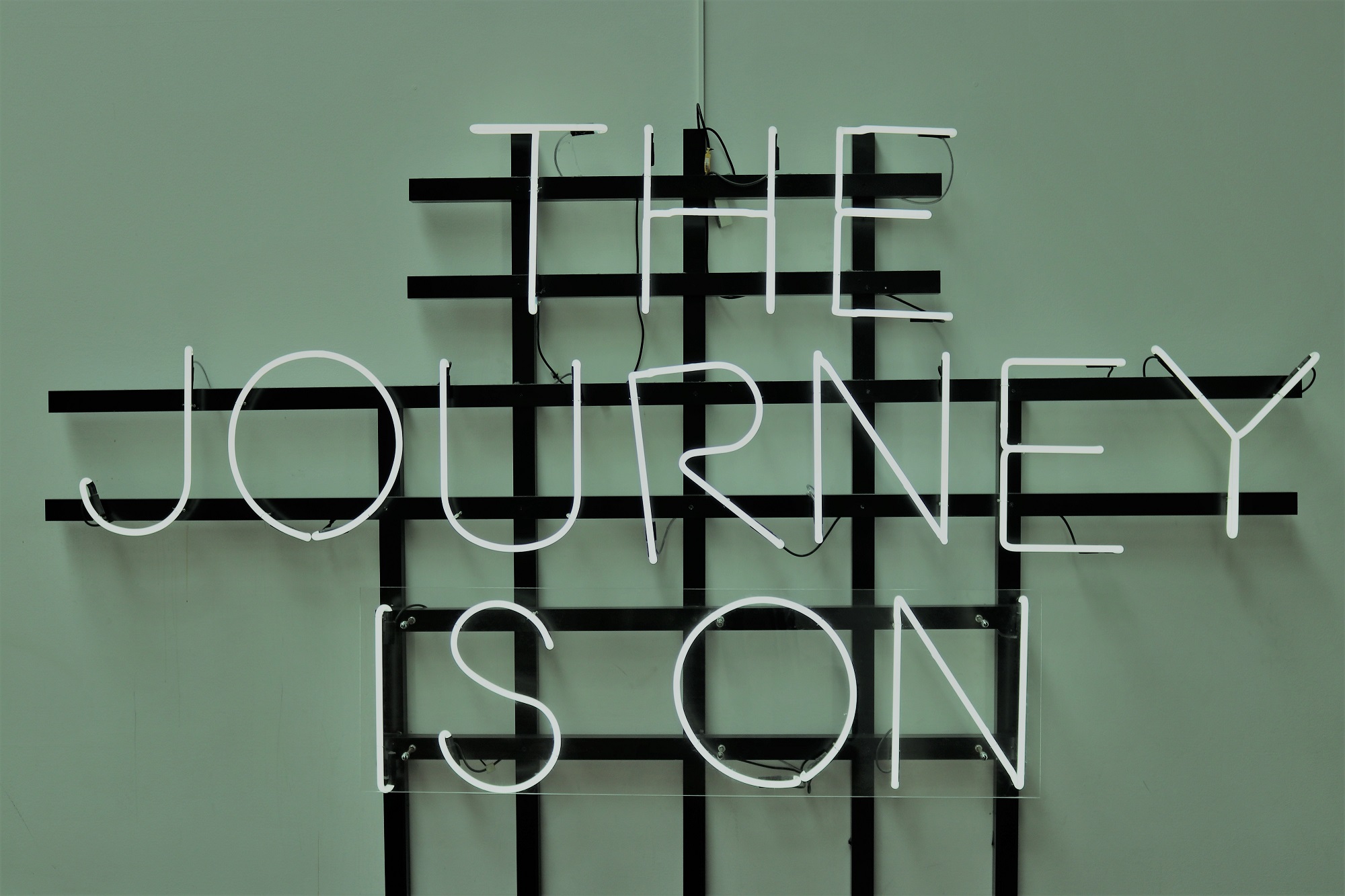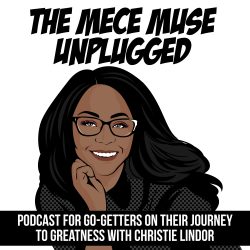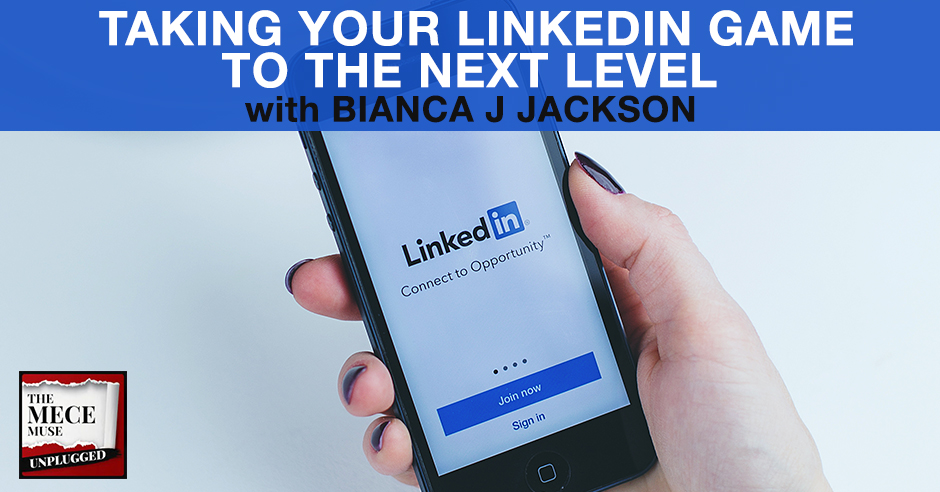AMA (Ask Me Anything) interview with Bianca J Jackson, a seasoned consultant turned career coach and LinkedIn strategist. In today’s interview, Bianca shares her career journey IT consulting, side hustles, and how she transitioned into entrepreneurship. She also breaks down how she got started with LinkedIN, including how she grew her following on LinkedIN to over 20, 000 followers.
We’re doing an AMA interview. AMA is when I have a chance to connect with former or seasoned consultant and they give you advice. We had a chance to connect with Bianca J. Jackson. She is a seasoned consultant and a LinkedIn expert and she’s going to give some full tips on how you can maximize your LinkedIn profile and take your game to the next level. Bianca, thank you so much for joining us on the MECE Muse Unplugged. How are you doing?
Interview with Bianca J. Jackson
I’m doing fantastic. Thanks for having me.
We’re going to talk about LinkedIn. Maybe you can introduce yourself to the Go-Getter of the MECE Muse Unplugged.
I am Bianca J. Jackson and you can find me on LinkedIn. I’m excited to be here to talk about the importance of LinkedIn, how you can leverage LinkedIn and position yourself as an expert. I’ve been on LinkedIn for about ten years now and it seems like a long time, but over the last year, I’ve grown my following significantly. I’ve gone from 1,200 people to about 22,000 or 23,000 followers. I’m wanting to be a speaker. To be in a virtual reality space and also to be able to help people move their careers along. That’s pretty much in a nutshell why I feel like I can speak about LinkedIn and give people some valuable helpful tips.
You’re definitely the go-to expert, Bianca, and I must say, with all the different social media platforms, I personally feel like LinkedIn is one of the harder platforms to build a following because it’s not just putting out personal things. It’s also being able to have that professional valuable content that people deem you an expert to follow. I give you a lot of kudos for being able to grow your platform significantly to over 22,000 followers. That’s a lot and that’s pretty amazing. Maybe you can share a little bit about your career journey. I know you’ve been a consultant for quite some time and you’ve transitioned. You’re now doing career coaching and a LinkedIn strategist. Maybe you can take a step back and share a little bit about your journey in consulting.
When I graduated in college, I came on board as a full-time consultant for a software company in Philadelphia and I loved it at first. I was traveling all over the place. When you travel a lot, there is the ugly side of the traveling to being stuck on a tarmac. Your flights being delayed, being a consultant wears off. Then I went to full-time, so I was no longer a consultant. I did that for about four years and then I went back to consulting over the summer and then I had full-time jobs ever since. I left my last corporate position as a project manager. My whole career had been in IT and I decided that I was going to run my own businesses. Now, I’m back in the consulting realm, helping not only individuals but also businesses. Being a black woman, being in tech, the way that I like to describe it from time to time is I was a bit of a unicorn. For anyone who doesn’t know too much about the tech industry, about 25% are women. Women employees that represent 25% of all tech employees in the US and then when it comes to women of color, we’re about 1% to 3%.
There’s been plenty of times where I was the only person who look like me in the room. I spent twelve years in tech and it taught me a lot of valuable lessons about being my own advocate, fighting for the things that I wanted personally and also standing up for myself and also helping to stand up for other people. It was all on me because most people didn’t understand my journey and some of the things that I have to face being in the tech industry. Through career coaching, I’m helping some of those women who are in tech and some colored women who are in tech or in general, women altogether to navigate their careers and finally get what they want. I like to call it that I empower them with those tools and the confidence to get what they want out of their careers in life because I feel like at the end of the day, most women get the short end of the stick when it comes to career. I just want to help them level their playing field a little bit.
I definitely hear you’re preaching to the choir. We’re both kindred spirits in that. We both decided to choose a career path where not a lot of folks that look like us. We both been able to make it successful. Now that you’re on the other side of the fence. Now that you weren’t consulting in that space, you’ve decided to now step out and enable and empower other women better walk in that journey. As you reflect back on your journey, was there anything that surprised you that you’ve learned after the fact that you wish you knew back then? Or has it all continued to be exactly as you had experienced it?
There was something that I learned that was important. The large majority of my family’s from the south, Southern states. If you have elders, they tell you stuff like mind your manners and be respectful all the time. We’re always showing deference to people who are older than you. One of the things that I found throughout my career is that I’ve been in some situations where dealing with people who are a little bit older than me, that they would do or say disrespectful things and I still had that mindset of like, “I have to be respectful. I got to show deference because this is what I was taught,” and it was taking away from my ability to stand up for myself. The thing that I wish I had known or what I know now is no matter who you are, no matter what age you are, what you look like, what position you hold in the company, you should always be respectful to everybody, no matter who they are, even the janitor.
I wished that I had known earlier in my career to always stand up for myself and find opportunities to stand up for other people who felt like they couldn’t stand up for themselves. That was probably the most important. Then once I started to take on that persona, like, “I’m not taking this crap no more,” things started to change. They start to shift where I step into my power of being an advocate for myself and just speaking out when I heard, or I see things that were unacceptable. People started to look at me as, “Bianca is going to be the one that’s going to say something if something’s not right.” Even if I didn’t say anything in a meeting, someone will turn around and say, “Bianca, what do you think?” That was completely different from the beginning of my career where most people would just ignore me. I would say that was probably the most important thing.
That’s such an a-ha moment when you hit it. It is liberating because I had the same type of experience as well. I’m so happy you got there and you’re helping other women get there as well. You’re doing a lot of different speaking engagements. I would love to hear if you had any speaking engagement that’s been the most memorable. It can either be it was funny or it was challenging or it was just so inspiring. Any memorable speaking engagement stories?
The one that I would probably say the funniest one so far is the one that I did for the Urban League here in DC. I went there primarily to talk about personal branding and LinkedIn. I was by myself and I have a daily email list. I wrote my list like, “I’m going to try to capture some audio for you guys.” I was standing there looking around the room and they had it set up. I only had ten minutes and figure this out and I didn’t know that I was going first in the lineup. I’m thinking, “All right, I got a little bit more time to figure out where to put my mini tripod with my phone,” because that’s what you do when you’re a speaker by yourself.
You try to make it work somehow. They’re like, “Bianca, you’re first.” I’m like, “Okay.” I took on my little tripod, set it on the floor, and I couldn’t take video of myself because there was no way I can direct the camera up. I made it so that I picked up the audio. For me, that was pretty funny. When I wrote the email to tell them, “I’ll capture something for you,” I refer to myself as MacGyver because from time to time, that person is just like, “What’s around? What can I pull together quickly to accomplish whatever goal that I want to accomplish?” That’s what I came up with. I got them some audio. Even though it has some background noise to it, but it still was valuable to the people who had an opportunity to listen to it.
After my little spiel that I gave at the beginning of the presentation, I had an opportunity to speak to everybody who was in attendance. They broke up the audience into three groups. Each group rotate it between the three presenters and I thought me talking about personal branding will literally be the same for each group and it was drastically different. The first group wanted to know about what I expected, how to use LinkedIn for jobs and searching and networking. The other two groups are completely different. The second group talked about unconscious bias when it comes to platforms like LinkedIn or whether or not should you load your profile picture, should you have ethnically identifying organizations on it. It was heavy, but it was a good conversation. From the memorable aspect that stood out to me because I didn’t expect to have that type of conversation other than that, that literally we’re going to talk about personal branding technique.
The third group that I had, they wanted to know more about side hustles, whether or not you should list them all in your profile and they ask me how I made the transition. I wound up telling me my whole career story of how I left USA Today. They found it hilarious because I added Matt into the story. From time to time, I get unpredictable when I’m describing a story sometimes in a personal setting. They were laughing at it. I was like, “Seriously, I had my boss’s boss stalking my page and I sent him an email and say, “How can I help you?” They burst out laughing and say, “You did that?” and I say, “Of course, I did that. Why not?” If I see you on my page, I’m going to let you know that I saw you on my page.
It was a pretty funny story, but all in all, that was probably the funniest and most memorable and also, they were just engaged. As a speaker, it’s hard when you’re standing at the podium while you’re onstage and you’re looking out into the audience and you see a couple of heads nodding in agreement to what you’re saying. You see some people that may be nodding off because maybe it’s been a long day. It’s hard to connect from a stage, but when you’re sitting in the closest setting and you’re talking to the participants and you’re hearing the things that they care about, and they’re worried about and they’re excited about, it is a greater chance for that great one on one connection with them. Even though you’re still in a group of people. I would say that was probably the most memorable.
It sounded like a very interesting scenario that you were in. The topic of side hustles, that’s the question I get a lot from people, particularly given my position and this show and everything. I would love to have you come back another day and we can just talk all about side hustles.
Everyone should have more than one source of income.
You accelerated with your LinkedIn activity, but then the followship afterward. Maybe you can start by telling us, when did you begin to realize the power of LinkedIn and how did you get started?
I always knew that LinkedIn had power, but I only looked at it from a job seeking perspective. Ever since I’ve been on the platform, I’ve been able to create a recruiter track as far as what I put on my profile, what will be attracted to them so that they would send me opportunities. That happens for years. That was pretty easy to figure out how to draw them in.
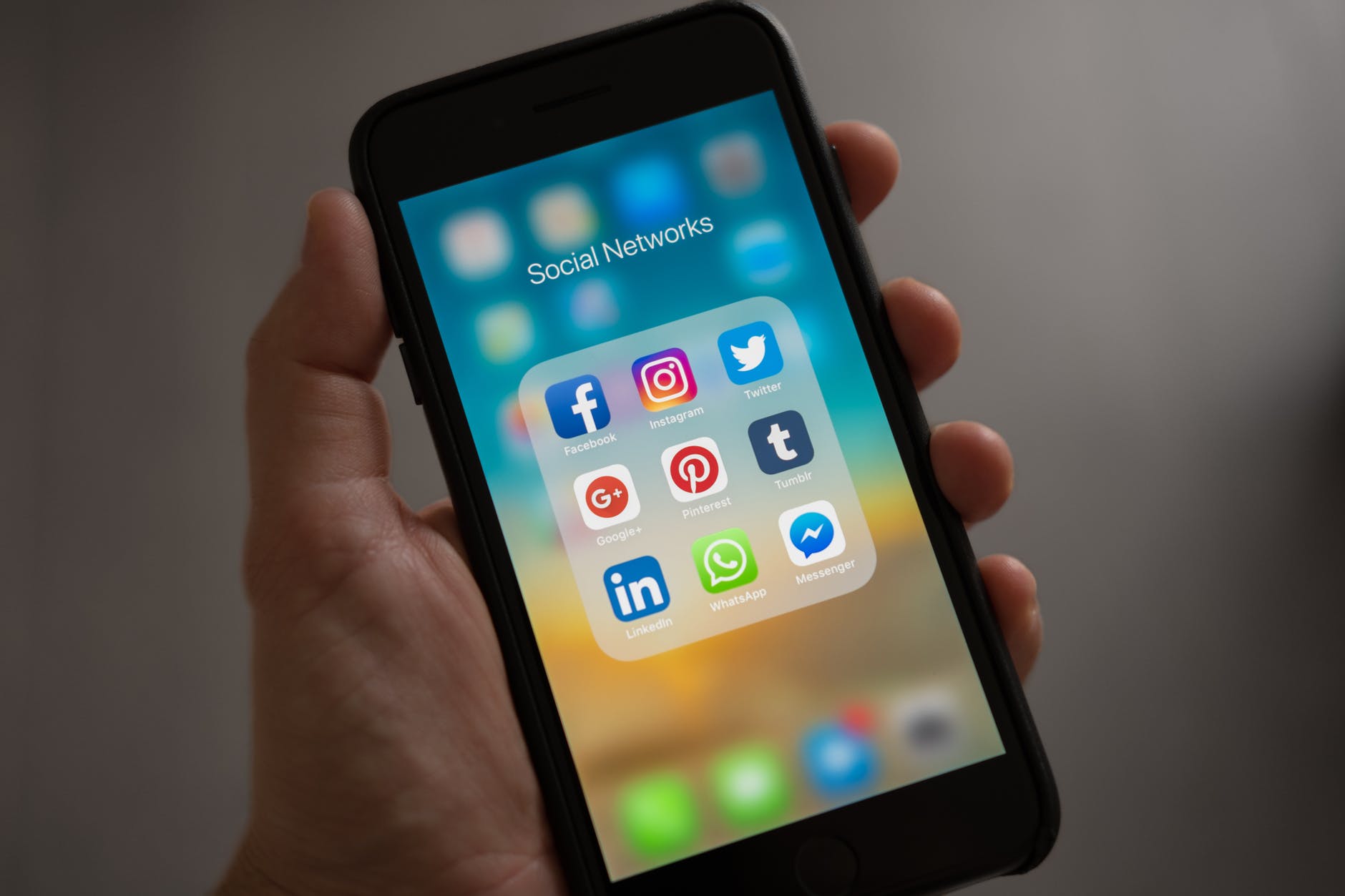
The hard part came once I made a decision that I was going to leave my job and become a full-time entrepreneur. Now I had to put on a different hat. I had to put on the hat of how I can use this platform to pull in the type of clients that I want and also to establish myself as an expert in the field. Because there are tons of career coaches and career transition specialist and whatever they want to call themselves. On LinkedIn, what was more important for me is how can I be different? I started to think about everything that you would automatically assume with a career coach. This is going to sound funny to some people, but I literally describe this to someone else. When you think about career coaches, you think about suit, she think about pearls. You think about somebody with their hands folded like that.
That is literally the image most career coaches look like, the female ones. For men, it’s the dark blazer jacket with the hands crossed and then they’re posting articles about the ten things you should put on your resume and what should you do on an interview. I took a completely different approach. I was like, one, I’m just going to be me and I’m going to be the ‘me’ that made me successful at USA Today. What I mean by that is USA Today, or the department that I was in specifically was very startup-ish that people came in with jeans, tennis shoes, hats. There are some days where I came in with like my African hair wrapped, with my African earrings and no one said anything to me because at the end of the day everyone just cared that you got your work done.
What you look like was not important and they would rather be yourself than some clone of something. I took the same approach to LinkedIn where I started to say and do the things that I would naturally say and do no matter who was around. It started to resonate with people. Talking about those things deep down inside that people wished that they could say, “I was in a position that I could say it for them.” It was the reason why you quit your job. A lot of people quit their jobs, not because they hate their work, they hate their bosses. They think they’re horrible people or they think that their bosses don’t care about them. I wrote about not necessarily specific examples of just me and past bosses, but the overall feeling that you’re left with, when you’re having conversations or you feel like you’re having the same conversation about something dumb like status reports.
I was telling people that I was writing experiences. If you’ve ever seen the movie Office Space or seeing the TV show, The Office, sometimes being in corporate America, it feels like that where you’re literally having conversations and if you don’t do something the way that someone wants you to do it, it’s like, “Did you see that memo? Did you see the email? Were you in that meeting?” It’s just like, “Is this Groundhog Day?” Just talking about those pain points and getting people to think differently about their careers and sharing from an emotional personal place and not just saying, you should wear a suit to an interview. You should wear what you feel comfortable in. No matter what that is. I’m not saying going to scuba suit. People have this idea that there’s just only one way to be successful.
We look at some of the CEOs, especially some of the tech CEOs. For the most part, you won’t catch Mark Zuckerberg in a suit. The only time you’d probably find him in a suit is when he’s going to testify in front of Congress. Other than that, he’s walking around in a tee shirt and jeans and Vans, or whatever tennis shoes he’s wearing, but it doesn’t take away from the fact that this man is brilliant. I started to speak to those people who are just like, “I’m tired of this robot,” there’s only one way to make it. You got to go up the ladder each step of the way. There has to be a different way to do the work that I love and I started talking about people aligning their interest, aligning their hobbies or aligning their skills and trying to find that place where they look at the work that they’ve been compensated for versus the things that they do for free, where they volunteer.
Just trying to find that intersection between those things and just find work that they love, that’s what’s important. That’s what I talk about. The more and more I talk about that, I was striking a chord in people’s hearts and they’re like, “You’re right. I’ve been doing this same thing for the last ten years and I don’t even know how I got here.” For me, that’s the most disheartening thing to hear is that it has been the last ten, fifteen, twenty years doing a type of work. They look up and say, “How did I get here? Why am I still stuck in this place?” Free yourself. I know that might sound crazy to some people, but at some point, you got to realize that we spent probably almost a third of our lives working.
Don’t you think that third of your life should be spent doing something you absolutely hate or something you feel like you have to do because you have to pay bills. That is not living to me. That’s what I started to talk about. Really hitting those points that people feel deep inside of them, that they may not have the courage to verbalize out loud. As I started to talk about it, people are like, “You’re right. I’m quitting my job.” I’m like, “Absolutely, do it.” Do it because at the end of the day, you’ll find something. It’ll all come together. No one should ever be miserable by the work that they’re doing. To me, that’s just a bad existence. I don’t want to exist, I want to live. I want to cultivate the gifts I was given and be able to share that with the world.
If more people are brave enough and courageous enough to say, “I’m not sure how I got here, but it doesn’t even matter. I’m ready to do something else,” just go out there and step out on faith of believing in their talents and their skills. They were leading so many more happy people in the world. I know that might be a little woo-woo for some people, but I honestly believe that. That’s pretty much how the following happened. I started talking about the things that people felt deep down inside.
What you said, it resonates with so many people. A lot of people are living like that. Thank you for sharing that. Talking about LinkedIn, now that you will built this following, you’ve been in this space of being a LinkedIn strategist. What are some of the common mistakes you see on LinkedIn users?
This drives me crazy, when people don’t have profile photos. I get it. Some people don’t want people to know what they look like. They don’t want their employers knowing that they’re on the platform, but it’s a social media tool. People want to know what you look like period. Not having a picture, it just comes off as being like you’re a robot, like you’re a spam and no one for the most part, will engage with you, if you don’t have a photo. I think that’s probably the biggest one. There are a lot of people with that ugly blue background.
You don’t know what to put there, but please put something because when people see that, the first thing I think of is this person’s not on this platform. They don’t really use this, so I’m not sure if they’re going to answer any message that I send them. Sometimes I messaged people about opportunities that I know about, that they only said that skillset and I hear from them weeks later. I was like, you are silly because I don’t know any other platform that you can get job opportunities, business opportunities, twenty-four seven, around the clock. There are 500 million people on this platform and this is something you check every two weeks. That is just silly to me when people are investing eight, ten, literally spinning whole days, searching for jobs, when you could be on this platform updates and how the jobs coming to you. That’s the crazy part to me is do you not know how powerful this platform is? A lot of people don’t.
Going back to the whole picture thing. I’ve heard two schools of thoughts on that one. I heard like okay, you need a picture, but then I’ve heard, if you do put a picture up it has to be a professional picture and if you put like a personal picture that’s worse than having no picture at all. What’s your perspective on that?
I’m in between. A professional picture is good. People want to know that when they look at your profile, they can trust you. They want to like you. Having a picture with your face where I can see your eyes, I can see your teeth, you look approachable, “I want to talk to this person.” I will say that I think some people’s version of what a professional is, it’s funny. I saw a picture and I see the woman’s image in my mind right now. You can see her eyes, but she was frowning and I just said to myself, “She looks mean and I personally wouldn’t necessarily want to talk to her.” I was a recruiter and I was going to reach out to her for a job. I have seen some pictures. There’s a young lady that I love her picture. It’s professional, but it has a creative edge to it. She’s a photographer and she’s looking straight off to the side. But then on one side of her photo there are balloons. She’s playing into this playful aspect of her being creative. Also, being a photographer, but it works because she’s in that space. It just depends.
I have seen some people who have pictures of them and their spouses. I think that’s weird and creepy because it’s like, “Huh?” I leave that for another day. I’ve seen people with pictures of dogs and I’m like, “What are you doing? It just doesn’t make any sense.” Unless you’re using the platform to be insidious in some way then go ahead and not have a picture, but if you’re serious about career opportunities, business opportunities, put a picture up there where people feel they would want to talk to you no matter what that is. It could be something creative but at least they can see your face in it because at the end of the day if they want to meet you, they want to have an idea who they’re meeting. Personally, I would never agree to meet someone from LinkedIn. Occasionally, I do go to coffee shops and stuff like that or we meet at conferences. I would never agree to meet someone if I didn’t know what they look like.
What about content sharing and posting? Do you have any rules of the road for go getters that I’ve been passive and they’re like, okay, maybe I need to step it up? What advice would you give them?
I would say share content. If you’re not on the platform every day at least try maybe once a week, once every two weeks. I would say if you know you’re going to be looking for a job in the next month, then get on a month before and just start making yourself known. Don’t get on the day. You’re like, “I’m going to use LinkedIn,” and they get a job and then you’re doing twenty different actions and then these twenty different actions are now being sent to your network and people are like, “You must be looking for a job.”
Whereas if you’re constantly on there, people are like, “That’s just a platform she uses.” That was one of the questions that I had on Monday. But I would say definitely this is touchy to like adult for me, one of the things I’m finding is that people are trying to leverage my profile to get them views, likes, and comments. What they do is that they will write something, they’ll tag me in it so that my network is notify that I’m now tagged in something and I have never talked to this person a day in my life. I would say if you’re looking for views and engagement, I would say definitely reach out to someone before you start tagging them in a bunch of stuff because at a point people are going to start looking at you like you’re crazy. You’re doing this for attention.
If you have your own content, everyone has their own content. It’s literally you just sharing what you think is good, what you think is valuable, what you believe other people should know about. I think one rule of thumb for me when it comes to articles, whenever I share someone else’s article. I read and copy and paste the part that resonated with me with a sentence or two, a complimentary or why it was important and then still have the link to the article. What I find sometimes is that people just copy the article link, put it on their wall and just let it go like there’s no context to the article. Or you see is this big ass picture with the headline and I guess they’re expecting people to go read it and it’s like, well you didn’t give them any context for why they should read it.

I would say if anyone’s adding articles from Forbes or CNN or whatever you’re going to add it from, make sure that there’s some excerpt of something valuable that you fell in the article that you want other people to know about. There are tons of things that I could possibly say depending on if you’re a job seeker, if you’re an entrepreneur, it just really is important to identify whatever bucket you fall in. What your goal is with LinkedIn. Some people are on here haphazardly just doing all types of stuff that don’t make any sense. Knowing that if you’re a job seeker, if your goal is to establish yourself in, let’s say consulting in particular type of consulting, let’s say in technology that you’re primarily posting information about technology and your expertise. Then you started out as an expert. If you’re a job seeker and potentially wanting to change industries, you now have to start writing and posting information about the industry that you’re targeting, not the industry that you’re in. A lot of people come and get that confused. They like, “How do you make this transition from one place to the other?” You got to write about where you want to go, not necessarily where you’ve been.
I feel like LinkedIn is an ongoing conversation. So much has changed with the platform and it seems like the culture of the platform has definitely evolved.
The culture is changing. I had my designer who’s probably about two years younger than me. She’s like, “LinkedIn is for square people.” I just started laughing. I said it’s changing. She’s like, “Okay.”.
If people want to get in contact with you, obviously LinkedIn, but what are some other handles if people want to connect with you.
I’m trying to reduce the number of handles that I have because I’m a one woman shop, but definitely LinkedIn. I would say the daily email list is a good way of contacting me or at least getting daily information from me. It’s bit.ly/BiancaDailyEmail and then also I opened up my Instagram and it’s @BiancaJJackson. We’ll see how long I’ll keep it open to the public as long as nothing crazy happens. Those are probably the three primary ways that I’m funneling people to signing. I’ll be shutting now some of the other platforms.
I’m so glad we finally got a chance to connect Bianca.
Me, too. I’m so excited and pumped for your book.
Thank you so much, Bianca. Thank you, my Go-Getters. Here’s to your journey to greatness.
Links from today’s episode:
- Bianca J. Jackson
-
BrickRose Exchange: We provide a space for social impact entrepreneurs, community organizations, and local residents to bring culture and events.
- bit.ly/BiancaDailyEmail
- @BiancaJJackson
About Bianca J. Jackson
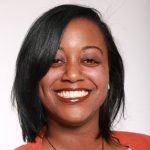 I am an award-winning professional with 14+ years of experience managing web, mobile, video, and VR/AR projects for Fortune 500 companies such as UnitedHealth Group, Marriott, and USA Today and my business, JAX Digital LLC. I was the project manager for USA Today’s Emerging Tech VR Projects when our project, The Wall VR, won a Pulitzer Prize for Explanatory Reporting.
I am an award-winning professional with 14+ years of experience managing web, mobile, video, and VR/AR projects for Fortune 500 companies such as UnitedHealth Group, Marriott, and USA Today and my business, JAX Digital LLC. I was the project manager for USA Today’s Emerging Tech VR Projects when our project, The Wall VR, won a Pulitzer Prize for Explanatory Reporting.
Podcast: Play in new window | Download | Embed
Subscribe: Apple Podcasts | Email | TuneIn | RSS | More
